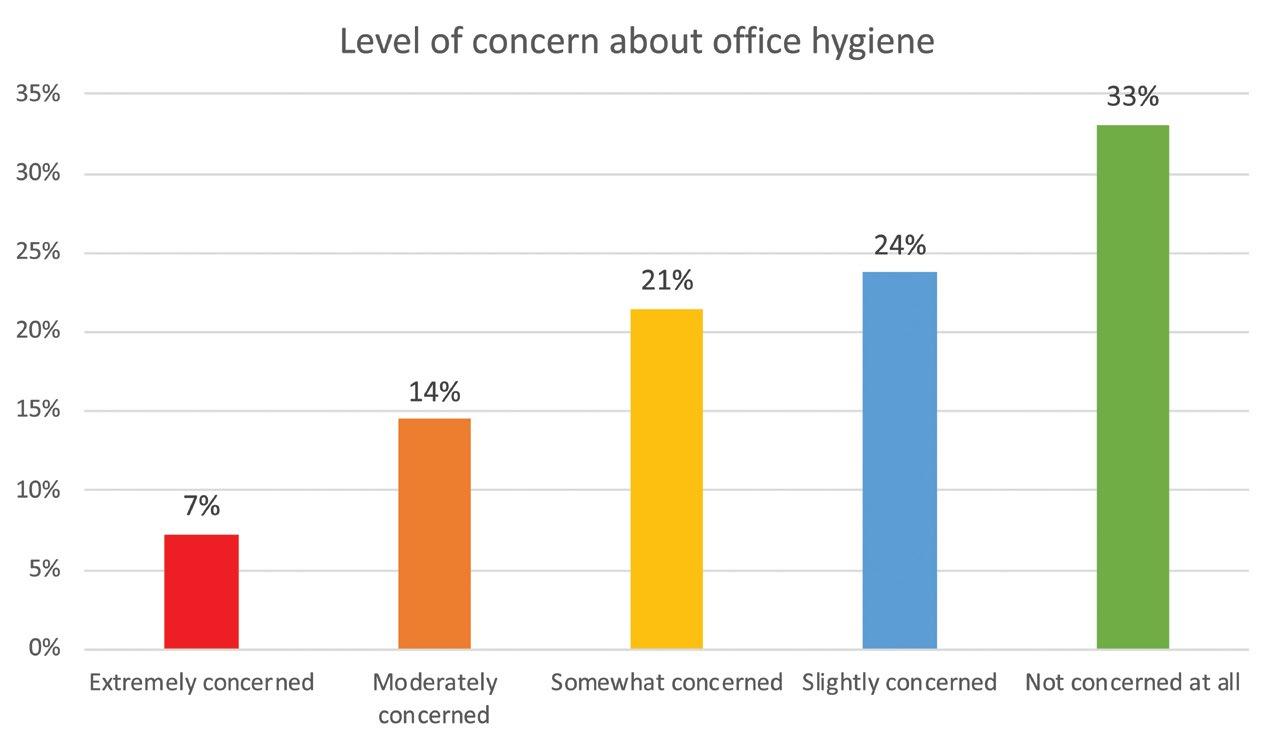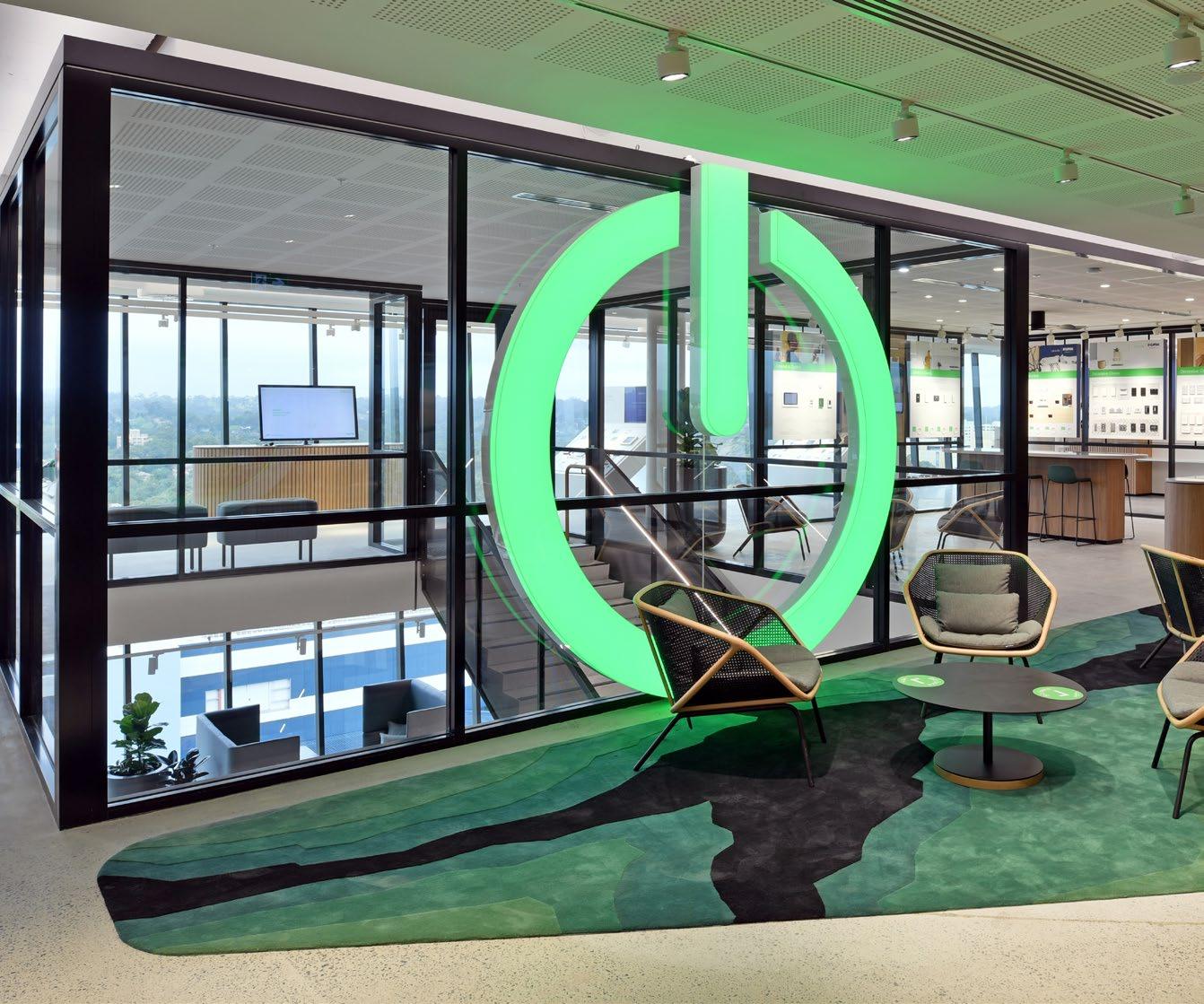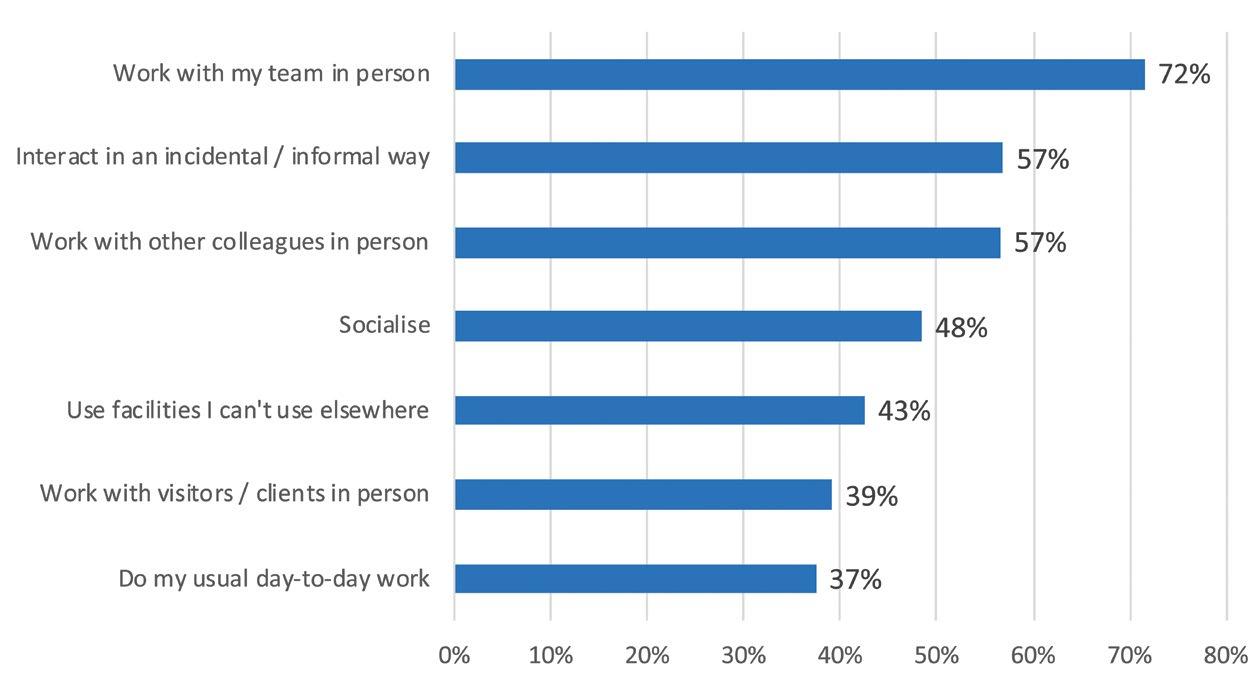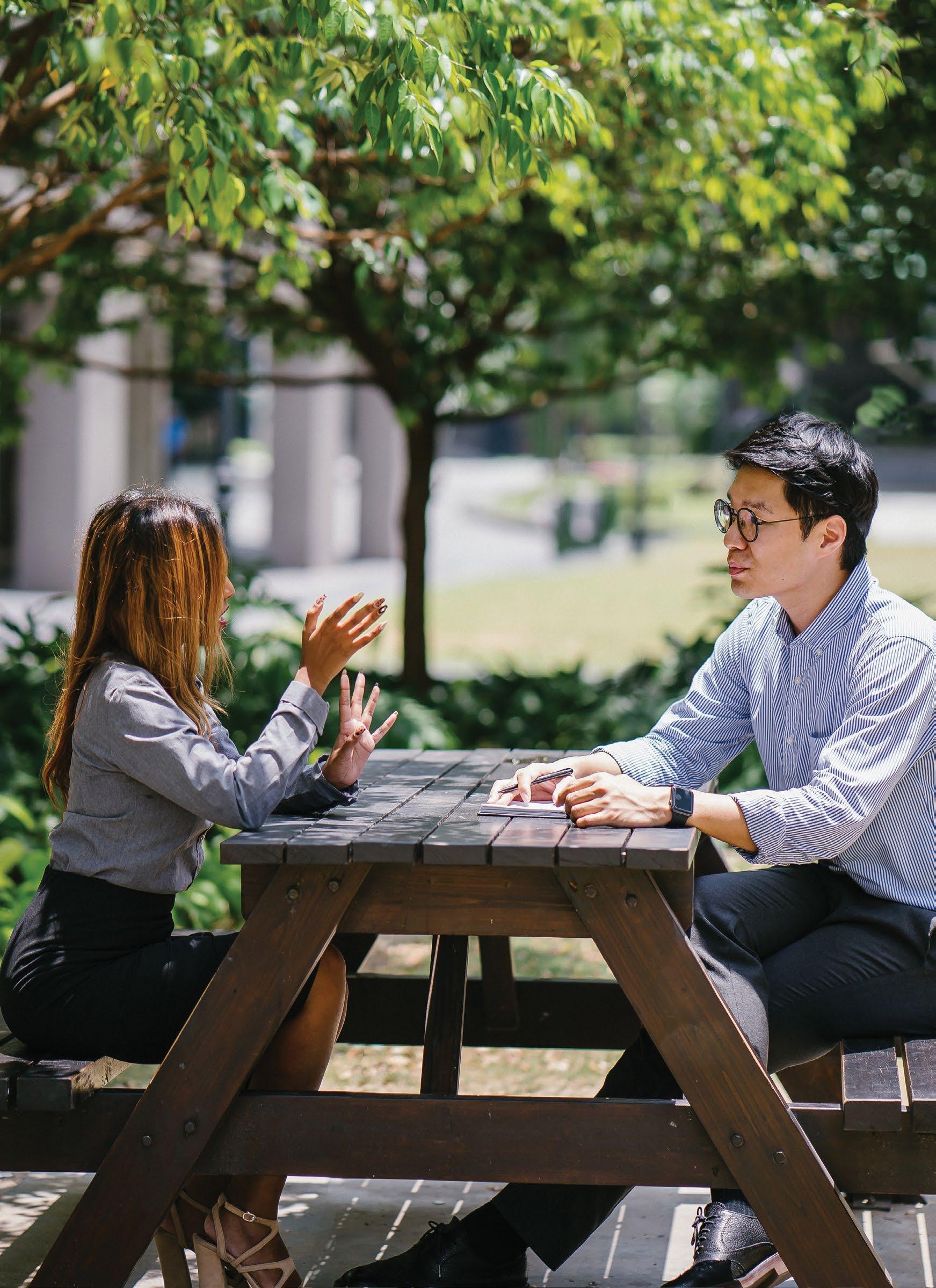
4 minute read
THE ROLE OF YOUR OFFICE
In our 2020 report, we recommended employers held on to all their floorspace in order to maintain enough space for safe social distancing.
Since then we’ve encouraged our members who are considering how to re-structure their office space to start with their culture and values first.
Advertisement
With hybrid, distributed working here for the long term, what is the new purpose of your physical office space? To remain relevant, the office must become a destination – not just rows of desks, but a centre for your corporate culture.
To help you plot the purpose of your workplace, we asked employees how they are feeling about their physical workplace, and what would bring them back to it.
LEVEL OF CONCERN ABOUT OFFICE HYGIENE
More than a fifth of employees are either moderately or extremely concerned about the risk of infection in their office – and our surveys were conducted when there were no local outbreaks of COVID-19.

One third of employees are not concerned about infection risk in their office at all. While we would expect to see this number increase as more Australians are vaccinated, it’s clear there is still a role for reenforcing hygiene standards and reassuring employees.
When asked about activities, the majority of employees told us they were most likely to come to the office to work with their team or other teams in person, and to interact with other people in an incidental or informal way.
Using the office to socialise or to use specialist facilities like meeting rooms and collaboration spaces also scored highly.
Case study: Making a move during COVID-19
When Schneider Electric moved to new headquarters in Macquarie Park during the COVID-19 pandemic, their “Life is on” mission statement took on new meaning.
The company used their Meaningful Purpose, Inclusive and Empowered values to encourage employees to be champions of change and innovation by being involved in the design of their new agile workspace, and by adopting new ways of working.
Schneider had a flexible culture before 2020, having rolled out flexibility guidelines five years previously. Through consultation and surveys in mid-2020, the organisation heard what employees needed and wanted from working flexibly, both during COVID-19 and into the future. Consultation confirmed that employees envisaged a hybrid model continuing after the pandemic, working sometimes in the office and sometimes from home.
Before the move at the height of the pandemic, employees’ number one concern was Health and Safety. To ensure they felt up to date and reassured Schneider regularly communicated with employees. The company aligned all messaging with official advice from NSW Health and Transport for NSW, and made sure the health and safety protocols were clear and embedded in all communications.
An app booking system for employee parking and workpoints helped employees move in to their new offices with confidence. Additional safety measures included contract tracing, providing masks, temperature readers and sanitisation stations.
Mental health was prioritised too. Schneider encouraged managers to consistently communicate with their teams, giving them resources to help check in on how employees were feeling, and resources to help if they or their people were not doing well.
By taking a consultative approach to building their culture, Schneider has worked with their employees to define the purpose of their new office and the innovative, flexible and agile ways they work, now and into the future.


ACTIVITIES I WILL COME TO THE OFFICE FOR

Using the office to do usual day-to-day activities ranked last, with only half as many wanting to do so when compared to the top ranked activity.
We also asked employees what facilities they would want to come to the office to use.
FACILITIES I WILL COME TO THE OFFICE FOR

Joel McInnes, CEO, FlexCareers WHERE EMPLOYEES WILL LOOK FOR LEADERSHIP ON WAYS OF WORKING

Individual workstations scored surprisingly high when you consider what activities employees have said they want to come to the office to do. Concerns about COVID-19 and infection risk may be driving this attachment to desk space.
Employees clearly value the office as a place for social interaction, with team and group working space scoring highest. More than 40% said they would want to return to use informal meeting spaces and socialising areas.
YOUR OFFICE: CONCLUSION
Understanding the purpose of your office will change the way you manage it. It’s important your Executive team’s intention for the office matches what your employees want to do there. Based on their desire to use the office as a space to come together, to work in teams and to socialise you may wish to consider hiring a really good barista before buying a state-of-the-art conference calling system…
A note of caution about leadership, and how new ways of work are embedded. When asked who they will look to so as to understand new ways of working, the CEO and Executive team ranked the same as everyday colleagues. HR were ranked lowest, while team managers led the way.





